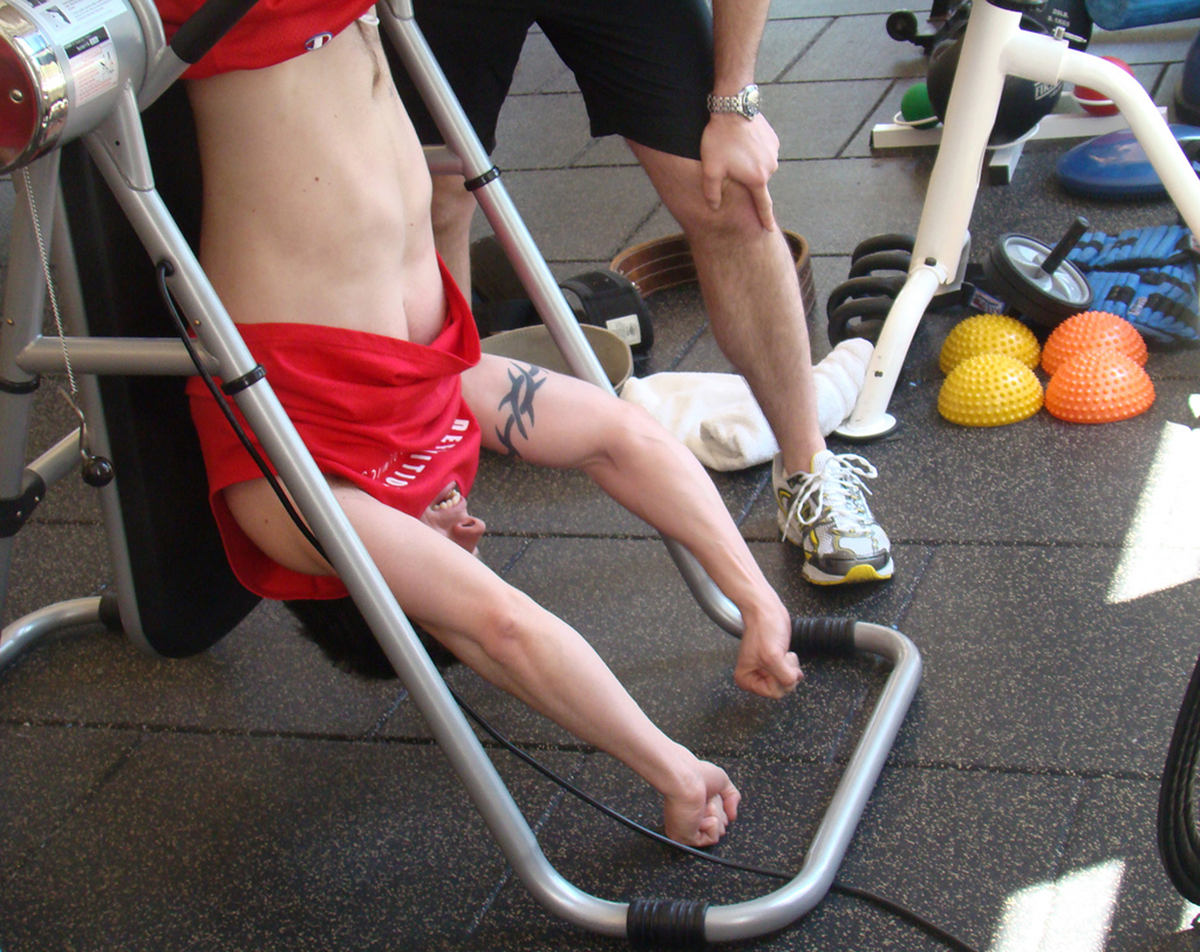Table of Contents
For many of us, the difficulty in exercising is in getting started. Whether it’s pulling ourselves out of bed early or hitting the gym or the street at the other end of a long, busy day, exercising feels challenging. And since we’re constantly reminded that we don’t have the bodies we should have and exercise is so good for you that it’s almost a moral imperative (both of which are true, by the way, just not in the preachy, self-hating way they’re often pushed on us) it’s easy to feel that we’re not doing enough exercise.

Exercising too much can have a range of negative effects. You can be talking about systemic inflammation, oxidative stress, joint damage and more. Excessive exercise can impact your long-term health and affect fertility, hormone balance and general wellbeing. So how can you tell if you’re in the "Goldilocks zone" — doing enough to get all the benefits, but not so much that you’re running the risks of excess?
First, Let's Look At What We Mean By 'Exercise'
We have a culturally constructed view of exercise. Take that phrase out of college and it means we build up what we mean by "exercise" out of cultural factors. Exercise is something we do in gyms, or exercise classes, or in exercise gear. We don’t think of manual labor as exercise, and we typically don’t think of housework or walking to the bus stop as exercise. We need a clearer view of things — let’s talk about "activity", rather than "exercise".
Low-level Aerobic Activity
If you’re talking about walking, or very low-level moving around — the kind of activity that doesn’t really make you sweat, but which does elevate your heart rate above sitting still — then it’s pretty difficult to overdo this. That’s because your nervous system can handle its demands almost indefinitely and your body’s aerobic energy system can top its fuel reserves up quickly enough to basically never run out, as long as you eat regularly throughout the day. For those very reasons, it’s hard to improve athletic performance or lose body fat with this type of activity.
High Level Aerobic/Anaerobic Activity
The next level up is aerobic activity like jogging, running, or any activity that makes you sweat and get out of breath but which you can continue for twenty minutes or more. This group is defined by being powered by muscle and liver glycogen, stored carbohydrate ready for use. Typically, the average body will carry enough glycogen for about 90 minutes of this type of activity at the most. It’s possible to teach the body to store more glycogen than this by gradually "training up" to it, which is what marathon runners and other athletes do. This level of activity is much more demanding on the nervous system and you’ll often find that very fine motor skills don’t survive this level of activity too well. High repetition load-bearing exercises like weight complexes, kettlebells and rowing come under this heading, though they have additional benefits.
See Also: Pull Over: Why The Way You’re Doing Pull-Ups Is Wrecking Your Shoulders, And What To Do About It
Anaerobic Activity
Finally, there’s anaerobic activity. This is powered by a molecule called ATP, or adenosine triphosphate. This is stored in the muscles in very limited amounts and is metabolised without additional oxygen from the lungs because of its short duration. When ATP stores are exhausted, the body consumes glycogen anaerobically, leading to the formation of lactic acid in the muscles, which can cause a burning sensation. Typically this level of exercise is very demanding on the central nervous system and can only be maintained for a couple of minutes.
- Photo courtesy of Istolethetv via Flickr: www.flickr.com/photos/istolethetv/3483630555
- Photo courtesy of B Rosen via Flickr: www.flickr.com/photos/rosengrant/3787936766


Your thoughts on this